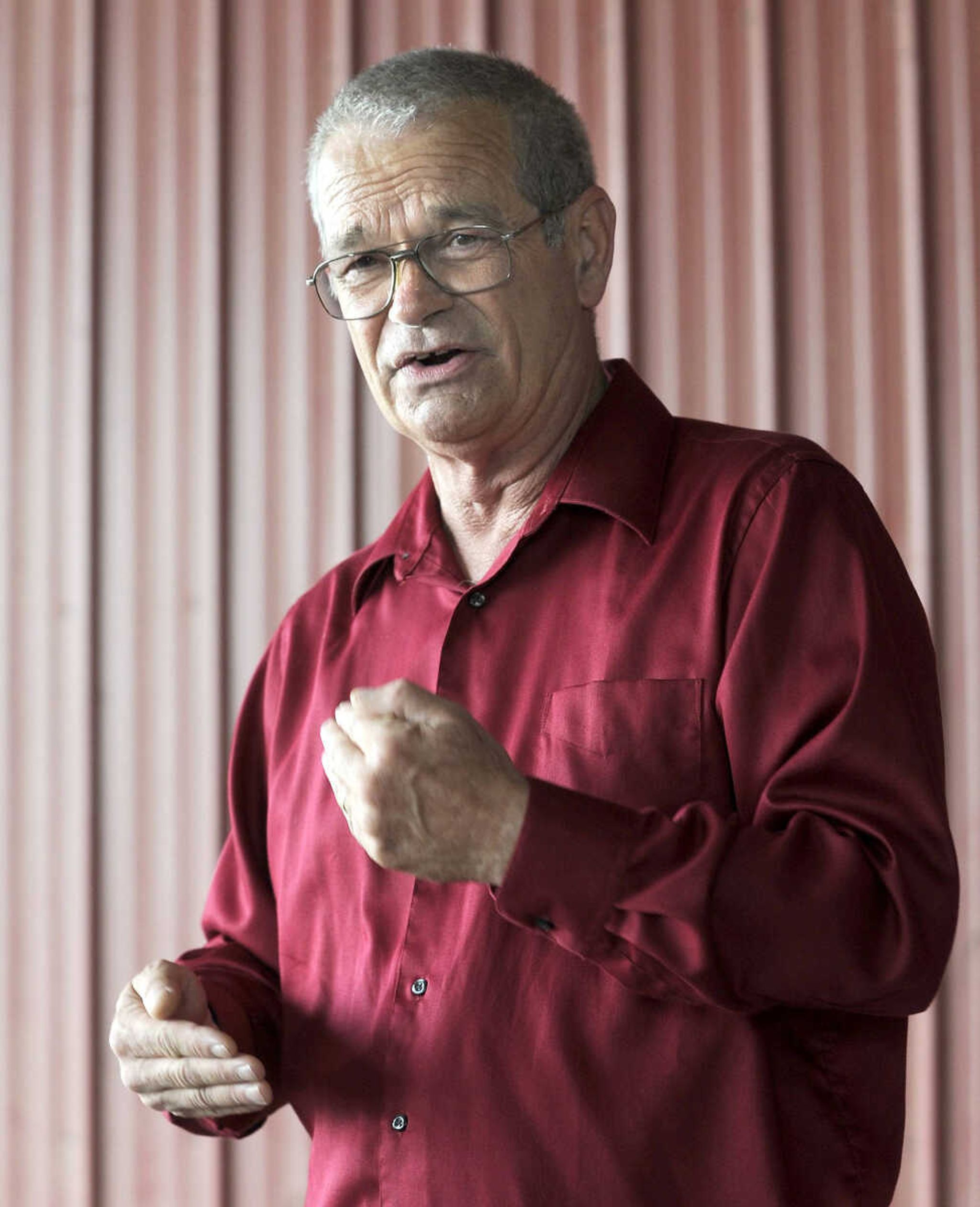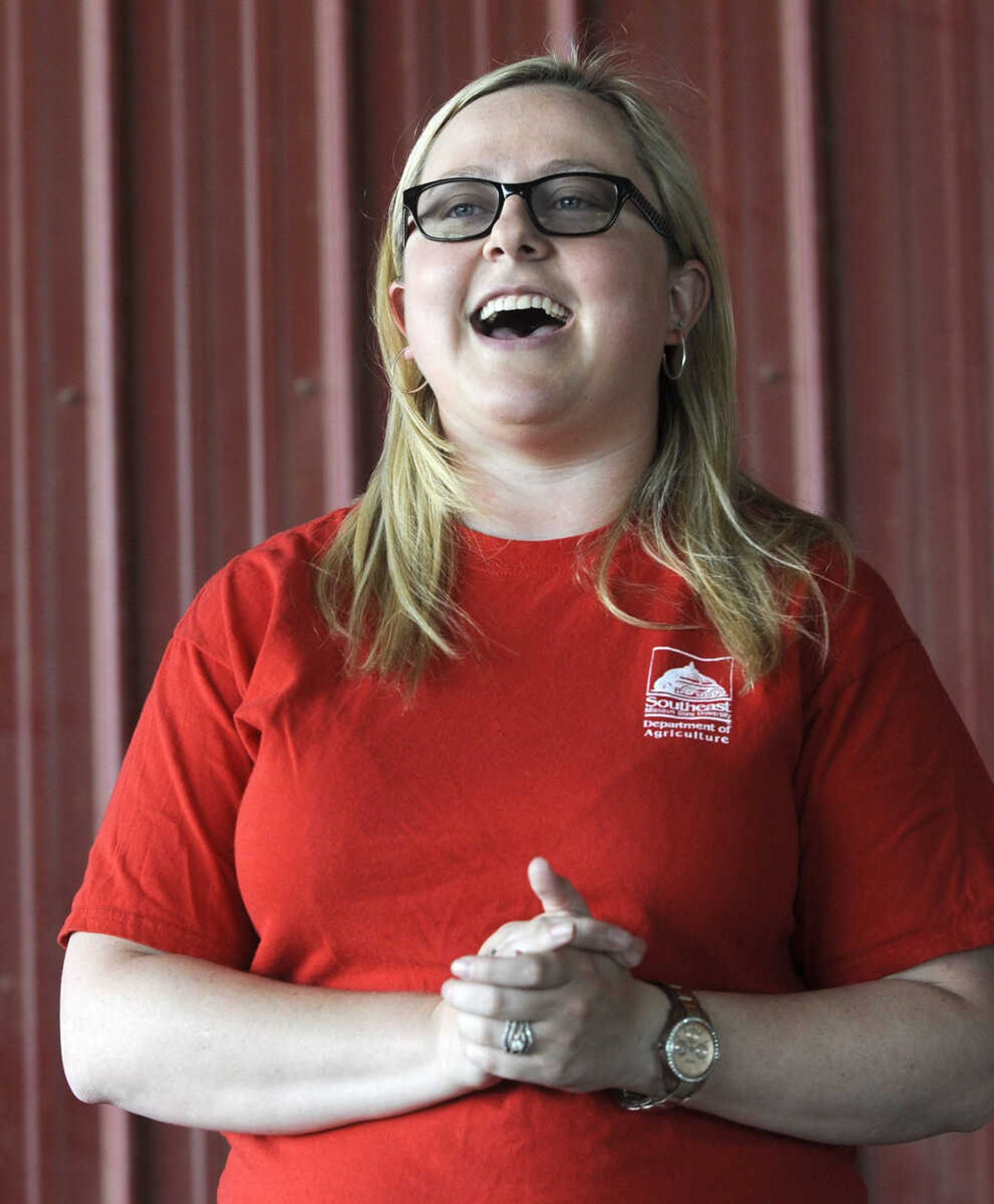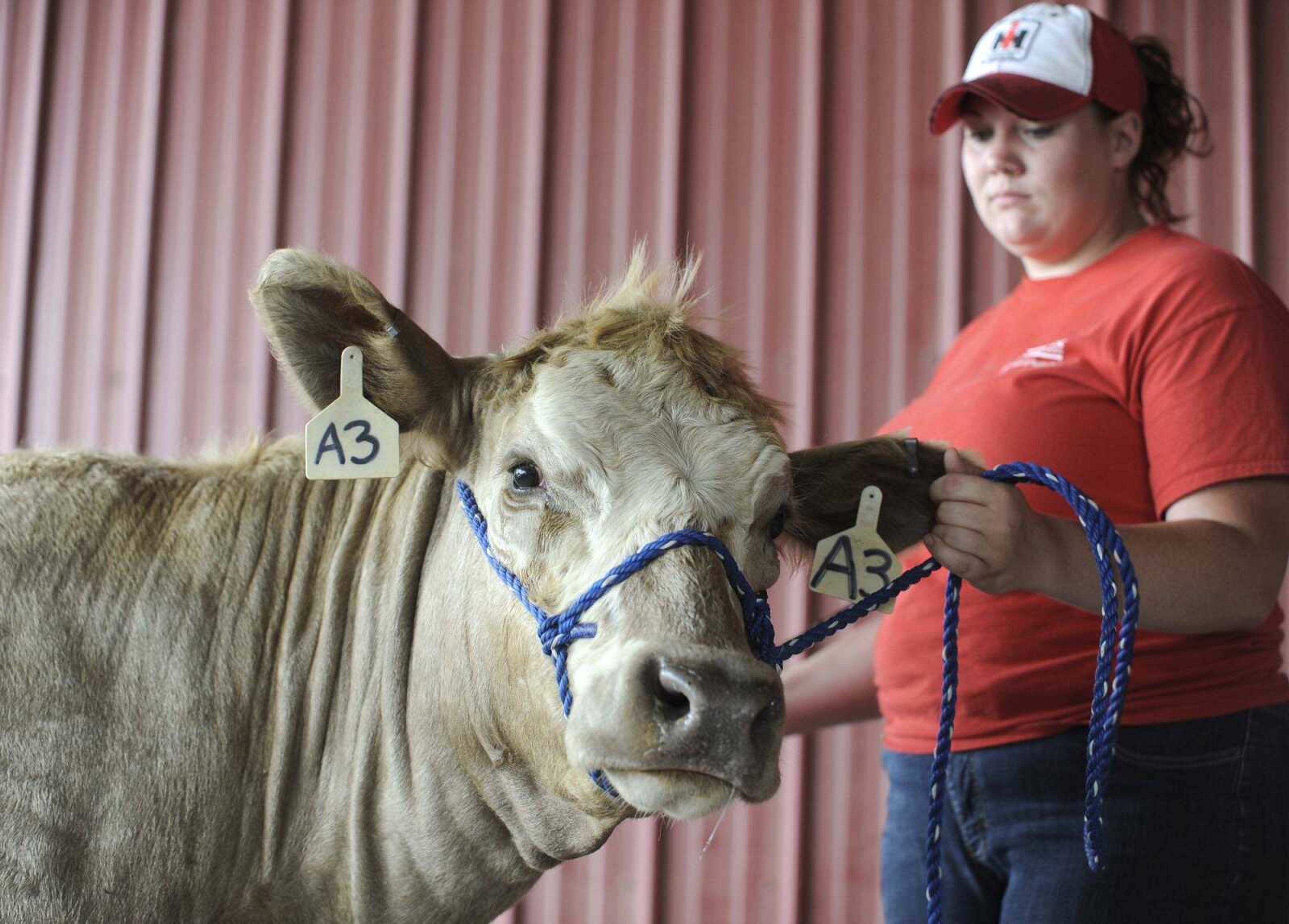Southeast professors see agricultural change as inevitable
Agriculture is a field that is constantly changing. At the agriculture technology field day at the David M. Barton Agriculture Research Center on Friday, it was prevalent at the collegiate level how many advances have been made in the department and worldwide...
Agriculture is a field that is constantly changing.
At the agriculture technology field day at the David M. Barton Agriculture Research Center on Friday, it was prevalent at the collegiate level how many advances have been made in the department and worldwide.

"Agriculture is the main industry in the region," said Michael Aide, department chairman of Southeast Missouri State University's Department of Agriculture. "[What we're trying to do today is] bring together the people who have a reinvention of this industry."
Instructor David Mauk spoke about career opportunities for his quickly growing department, mentioning a study by the United States Department of Agriculture and Purdue University put out every five years on agribusiness job growth. Mauk said between 2015 and 2020, there will be an expected average of 57,900 job openings each year for college graduates with degrees in food, agriculture, renewable natural resources or the environment.
"That's 17,000 more jobs since 2010," he said, "61 percent of which will be filled by agribusiness students."
Since starting at Southeast in 2008, Mauk said the university's agriculture department had about 130 to 150 students majoring in that subject. This past year, there was more than 400 people enrolled as agribusiness majors.
What students at Southeast have accomplished has impressed instructors, more than one of the speakers said Friday. Professor of agriculture Sven Svenson spoke about how proud he was of the work being done at the Hutson Greenhouse, and said he believes it is the largest commercially operated greenhouse on a college campus in the United States.
Svenson spoke about horticulture at Southeast and how it is going to adapt in the future.

A large disagreement in the U.S. is the amount of forests being cut down for farm land, Svenson said. But on the other side of that, land once used for agriculture is being converted into cities. And as the cities grow, so does the demand to feed them.
"The aspect of Missouri becoming a hotbed of horticulture is inevitable," Svenson said. "... A city cannot produce enough food to feed itself."
Svenson calls horticulture a "gateway drug" into cities -- people using community and rooftop gardens for food and explaining the positives and negatives to acclimating people to how they get food from a field to their plates. With 80 percent of Americans living in cities, people no longer live among their food, and it gets harder communicate with them on why horticulturists and farmers do what they do, Svenson said.
Wesley Mueller, a professor at Southeast, spoke about possible ways farming is going to change in Southeast Missouri in upcoming years.
He said the change already has begun, with farmers growing potatoes, sweet potatoes, watermelons and pumpkins.
"Change is happening in agriculture, and we're going to have to be ready for those changes," Mueller said. "Looking into my crystal ball, I am trying to see what farming will be like in 20 years."
In Southeast Missouri, Mueller said he no longer saw soybeans and corn as the main crops being produced, but instead broccoli, cauliflower and tomatoes.
Mueller said he could see fields covered in plastic, modifying the environment to produce the highest yield.
And if marijuana is legalized in Missouri, Mueller said he could see that being grown in the region as well.
"We're going to have to change the way we do things -- it's inevitable," Mueller said.
For those interested in attending the next agriculture field day, email Cheryl Reinagel at creniagel@semo.edu or call 651-2106.
smaue@semissourian.com
388-3644
Pertinent address:
David M. Barton Agriculture Research Center, 6885 Highway 25, Gordonville, Mo.
Connect with the Southeast Missourian Newsroom:
For corrections to this story or other insights for the editor, click here. To submit a letter to the editor, click here. To learn about the Southeast Missourian’s AI Policy, click here.









